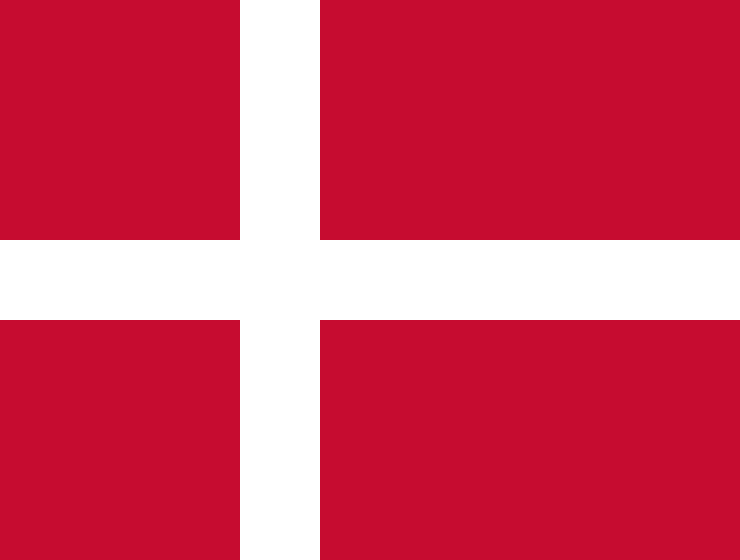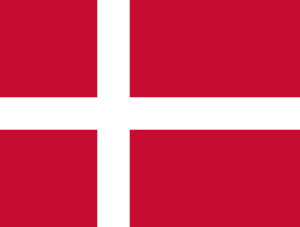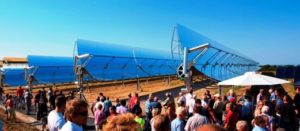Denmark: Abundant Biomass, Little Solar in Industry Incentive Scheme
April 2, 2015
Danish incentive programme RE for Production Processes has been extended by another year until 2021. In 2014, in its first full year, the scheme supported 196 renewable projects, of which only one included solar heat. Since the programme began in August 2013, it has funded all together ten solar energy projects, which each year produce around 13.4 MWh combined. Among them are nine PV projects and only one solar thermal installation. More information about the solar process heat project could not be obtained, as it has not been finished yet. The statistics were provided by the Danish Energy Agency (DEA), the programme’s administrator.
“A change in national regulations is promoting the transition from coal to biomass in central heating plants, which provide heat for production processes via heating networks,” says Morten Christensen, consultant at the Danish Energy Agency. Without RE for Production Processes, this market transition would result in higher heat prices and therefore increase energy costs for companies which rely on district heating for their production processes. The operator of the central heating plant can now apply for subsidies to ensure stable heat prices for businesses.
Solar may become part of the transition to renewables – but in most cases, it will not. “The reason for the relatively small number of solar heat projects is the purpose of the programme: to use the available fund money to pull away as much energy resources from fossil to renewables as possible – and not to target solar heat,” Christensen explains. According to the project guidelines, an individual grant cannot exceed Danish Krone (DDK) 23 per GJ (=EUR 11/MWh) substituted fossil energy spanning over a 10-year operation period. The amount of energy is based on the calculations and documentation by the applicant. In the future, projects will be supervised to ensure their completion. In essence, the programme target is to replace 16 PJ of fossil energy.
Aiming at payback periods of two years
Whereas the programme considers the change to renewables to be a must, other energy efficiency efficiency measures are optional. The maximum values for both, conversion and efficiency measures, are stipulated in EU legislation on state aid. The maximum rate for conversion projects is 45 % for large enterprises, 55 % for medium enterprises and 65 % for small businesses. The maximum support for energy efficiency measures has been increased: It is now 30 % for large enterprises (previously 20 %), 40 % for medium enterprises (previously 30 %) and 50 % for small enterprises (previously 40 %). The grants should result in short payback periods of under two years for all kinds of projects, according to the DEA website: “If the payback period, including grants, is below 2 years, the DEA will reduce the subsidy, so the project reaches just two years in payback period.” This is also because of EU legislation: The aim is not to spend subsidies on projects which, economically, could stand on their own.
In 90 % of the projects, the fuel which has been phased out was oil, whereas the remaining projects are evenly split between coal, gas and electricity. The administrator confirms that there has been a relatively small number of rejected applications.
All in all, the programme subsidised 196 projects from a budget of DKK 587 million or EUR 79 million in 2014. This exceeded the DKK 500 million (EUR 67 million) budget, but was made possible by a transfer of funds not used up in 2013.
The entire budget for all years of the programme amounts to between DKK 2,928 and 3,650 million (EUR 393 to 490 million), depending amongst other things on the cost of other measures from whose funds remaining money could be re-directed to the programme. In 2015, RE for Production Processes has a budget of DKK 340 million and right now, expectations are that the entire budget will be used up. As part of the Danish energy agreement of 2012, it was decided that there would be an evaluation of the RE for Production Processes programme. This evaluation is ongoing and results are scheduled for publication during the first half of 2015.
|
|
August to December 2013 |
January to December 2014 |
August 2013 to December 2014 |
| Total number of applications |
189 |
216 |
405 |
| Total number of projects funded
|
130 |
1961196 |
326* |
| Number of funded projects with biomass boilers |
115 |
152 |
267 |
| Number of funded projects with heat pump |
8 |
32 |
40 |
| Number of funded projects with district heating |
3 |
5 |
8 |
| Number of funded projects with solar thermal |
0 |
1 |
1 |
| Number of funded projects with renewable electricity |
4 (1 wind and 3 solar) |
6 (solar) |
10 |
| Total funds spent |
DKK 153 million / |
DKK 587 million / |
|
RE for Production Processes statistics provided by the Danish Energy Agency (DEA). The gap between funded and approved 59 projects in 2013 is mainly a result of the progression into a new year. The programme has funded all projects which have been submitted for application within the application period.
More information:


